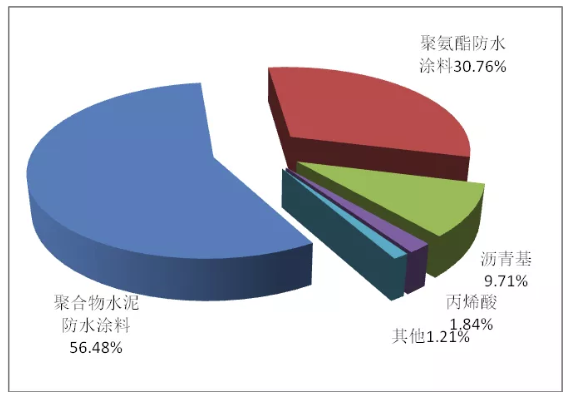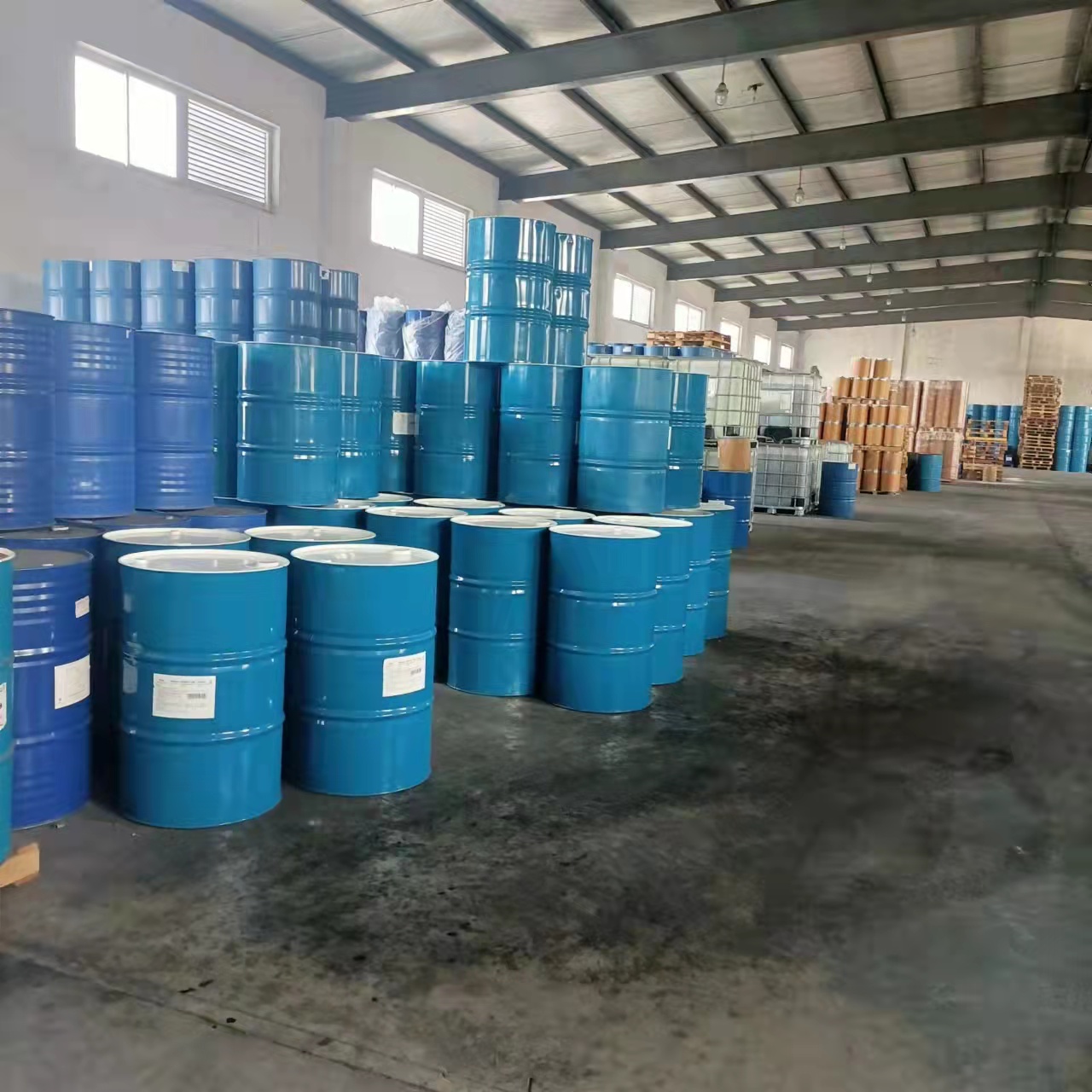Technical Control: [Printing and Dyeing Learning and Exchange] Recommended useful information. Many friends have used silicone oil. During post-finishing, they use this to make the feel feel better. However, what is silicone oil? Why does the fabric feel better after adding silicone oil? I’m afraid many friends are still confused about this issue.

Let’s talk about silicone oil first
Silicon oil usually refers to linear polysiloxane products that remain liquid at room temperature. They are generally colorless (or light yellow), odorless, non-toxic, and non-volatile liquids. Their molecular weight is not high and they are in a fluid state at room temperature, so they are usually called silicone oil. It is generally not used simply, but is made through special formulas and is often used as an auxiliary material to produce a certain effect.
Generally speaking, there are three basic forms of silicone oil on the market: pure silicone oil, solution, and emulsion.
1
Pure silicone oil has very strong stability
Heat resistance, frost resistance, good storage properties, high flash point and high ignition point, few storage and transportation problems.
2
In fact, it is often necessary to dilute the silicone oil solution
Sometimes it is desired to add active auxiliaries (catalysts, cross-linking agents, etc.) to the solution to facilitate storage and use. Aliphatic, aromatic or chlorinated hydrocarbons can be used as solvents as needed, and other types are used under special circumstances. The concentration of the general polymer polysiloxane solution can only reach 35%, otherwise the viscosity will be too high.
3
A large part of silicone oil or products containing silicone oil are made into emulsion form
Compared with solvent silicone oil, it has the advantages of being cheap, not easy to burn, and harmless to health. Unlike solvent-based emulsions, all silicone emulsions are “oil-in-water” heterogeneous systems. Its external closed phase is the water phase. The silicone oil is dispersed in the water phase as extremely fine droplets and can be easily diluted with water to the required concentration. For ease of application, the stability of this emulsion can be achieved by making the droplets as fine as possible and by the stabilizing effect of the emulsifier.
The role of silicone oil in the textile industry
Silicon oil can be used as fabric softener, lubricant, waterproofing agent, finishing agent, etc. in the textile and clothing industry. In order to meet the high-end needs of textiles, chemical product manufacturers are also constantly developing silicone oils that can be used in baths with various functional additives such as waterproofing agents, flame retardants, antistatic agents, color-fixing agents, etc., and have good hand feel. In addition, in order to improve the performance of fabrics, there are also silicone products that can be used in the same bath as dyeing, silicone oil for cotton that has a cooling feel, silicone products that can improve the feel of fabrics, and can give fabrics excellent deepening effects and storage stability. It is good, does not affect color fastness, and has good hand feel. Silicone deepening agent, etc.
In addition to being used as additives in textiles to realize the functionalization of textiles, silicone products will also be applied to other areas in textiles, such as the combination of silicone and polyurethane to form a coating on fabrics; the polymerization of silicone and acrylic acid to form a coating on fabrics. Printing; the combination of silicone and organic fluorine forms a waterproof coating on the surface of the fabric, etc.
Silicon oil can be divided into primary products and secondary products according to its processing status.
The former refers to silicone oil products before processing, including hydroxyl silicone oil, silicone functional silicone oil, carbon functional silicone oil and inactive modified silicone oil. Among these four categories, it is customary to call the first two categories linear silicone oil and the last two categories modified silicone oil.
Secondary silicone oil products refer to products such as grease, emulsion and solution that are made from silicone oil as raw material, mixed with thickeners, surfactants, solvents and additives, etc., and processed through specific processes, such as silicone grease, Silicone paste, defoaming agent, release agent and release agent, etc.
The evolution history of domestic silicone softeners

The production and application of silicone softeners in China can be said to have gone through four generations:
First generation
It is a hydroxyl-terminated high-molecular-weight polysiloxane emulsion (hydroxyl emulsion) made of octamethylcyclotetrasiloxane (D4), water, emulsifier, catalyst and other raw materials emulsion polymerized under certain conditions.
Second generation
Polyether modified silicone oil is made by hydrosilation reaction between methyl hydrogenated silicone oil and polyethers such as polyethylene glycol and polypropylene glycol with unsaturated bonds at the end.
Third generation
The emulsion polymerization method of polysiloxane with reactive groups (amino, epoxy groups) is basically the same as that of hydroxyl emulsion. The difference is that a certain amount of silane coupling agent is added to the raw materials. The introduction of these amino and epoxy functional groups has greatly improved the softness, smoothness, elasticity and durability of the finishing effect of the finished fabric. The disadvantage is that it may cause demulsification and oil drifting during use. Since this type of polysiloxane emulsion with active groups uses ionic surfactants, the emulsion is strongly cationic or anionic. When combined with other additives, it has strong selectivity and poor compatibility.

The fourth generation
Modified silicone oil represented by amino silicone oil is the most representative silicone softener variety on the market. Usually we call aminoethylaminopropyl polydimethylsiloxane standard amino silicone oil, and Other amino-substituted polysiloxanes are called modified amino silicone oils. Due to the strong polarity of the amino group, amino silicone oil interacts with the hydroxyl and carboxyl groups on the surface of the fiber, forming a very strong orientation and adsorption with the fiber, which reduces the friction coefficient between the fibers. This means that when the fabric is held in the hand, the use of the fiber is very small. The force can cause the fibers to begin to slide, making them feel soft. In recent years, organically modified silicone oil has developed rapidly, and many organically modified silicone oils with special properties have appeared.